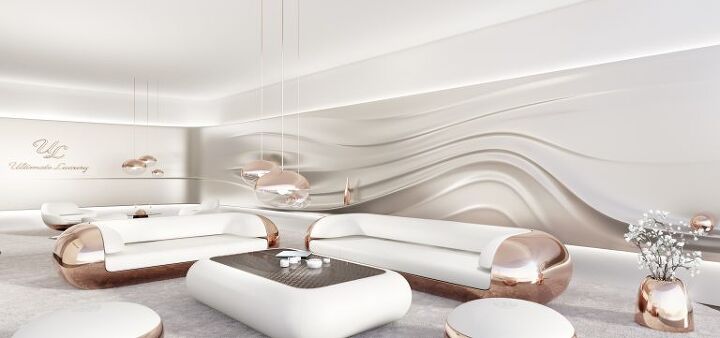#aesthetics
Attempting to Understand the Chinese Luxury Aesthetic
Thanks to an interested and better-financed populace, luxury purchases have been on the rise in China for the past decade. Chinese consumers currently drop around $7.6 billion per year on premium goods, accounting for almost a third of the global luxury market. This has resulted in a massive influx of high-end items and brands that want to capture the public’s attention and, more importantly, cash.
This includes automotive brands — all of which are desperate to expand into the Chinese market. But finding the correct approach is tricky. Plenty of fashionable brands attempted to incorporate authentic Chinese elements into their designs, but failed to do so in an elegant or convincing way. There’s a bit of a balancing act required. Market research shows younger consumers like clean designs and a little bit of bling, but don’t want these established brands catering too much to Chinese tastes. Older consumers, however, are willing to enjoy a little bit more ostentatiousness and adherence to tradition.
That’s one reason why you see so many new cars showing up at auto shows painted red. In China, red represents good fortune and crops up on significant items on important dates all the time. Wedding dresses are traditionally red, as are envelopes containing monetary gifts to commemorate the birth of a child or the new year.
However, we have to wonder if some brands aren’t going a little overboard. Mercedes-Maybach, which just released a hideous concept SUV intended to whet Chinese appetites, has followed up that eyebrow-raising effort with “the pinnacle of luxury living.”















Recent Comments